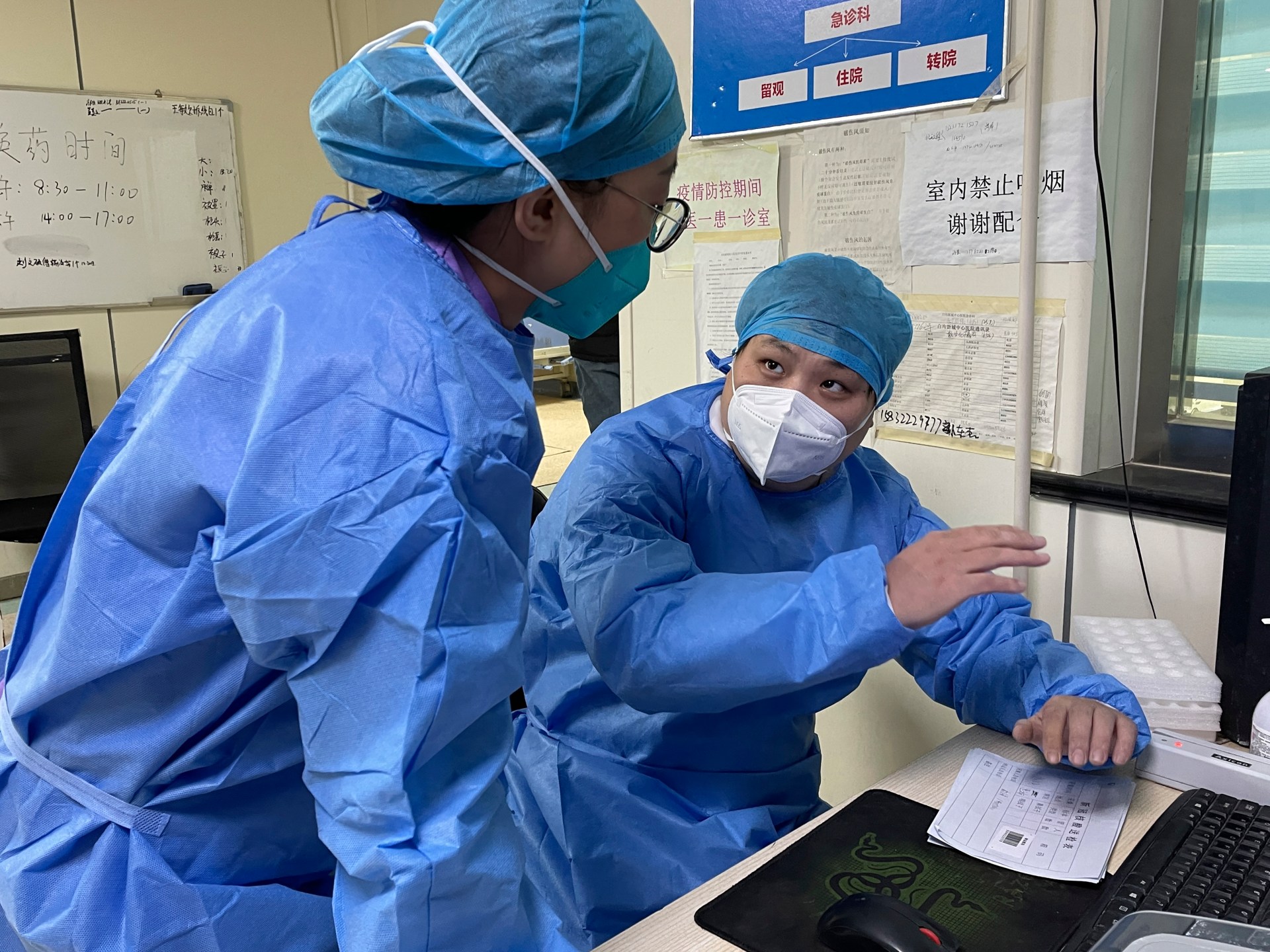Photos: In Sri Lanka capital’s Slave Island, shadows of a crisis | Poverty and Development News
His hair is neatly combed but his cheeks are sunken and veins visible on his gaunt frame: like many Sri Lankans, Milton Pereira and his family cannot afford to buy enough food.
During the country’s worst-ever economic crisis, which has driven rampant inflation and spurred protests that last week brought down the president, Sri Lankans are buying less, eating less and working less.
“It’s very difficult to live, even a loaf of bread is expensive,” said Pereira outside his modest home in Slave Island, a poor enclave of the capital Colombo. “If we take one meal, we skip another.”
With six children in the family, the 74-year-old said the best they had been able to afford in recent weeks was the occasional fish, cut into small pieces for everyone.
“Because we don’t have much money, sometimes we give the fish to the children,” he said. The adults, he added, “only eat the gravy”.
Triggered by the coronavirus pandemic, the country’s financial woes were exacerbated by government mismanagement, critics say.
Peirera’s son, B G Rajitkumar, is an electrical labourer who has had no work for months.
“Food prices go up every day,” he said. “This exponential price rise is the most terrible thing I have ever faced.”
Food inflation in Sri Lanka reached 80.1 percent in the year to June, according to official figures.
At a nearby vegetable store, residents pay 1,000 rupees ($3) for a kilogramme of gourd, twice as much as three months ago, and owner Mohamad Faizal said some of his customers were now buying as little as 100 grams (3.5 ounces) a time.
“The prices have gone up,” he said. “The main reason is there is no way to transport those items because there is no fuel.”
According to the World Food Programme (WFP), nearly five million people – 22 percent of the population – need food aid.
In its latest assessment, it said more than five out of every six families were either skipping meals, eating less or buying worse food.
While food is not in short supply, the issue is affordability. “Supply of food is not a problem, but because there is no fuel that makes it difficult and everything becomes expensive,” said Jeeva, a trader who gave only one name.
The city’s main wholesale vegetable market is bustling as buyers, sellers and porters jostled with sacks of produce. But traders say business has gone down by more than half since March.
“Prices for everything have more than doubled,” said trader M M Mufeed. “Some unsold vegetables go to waste and many poor people come to take away some of it every day after the market closes.”
His sales are down 70 percent, he added. “Sometimes I sell to poor people for much less to avoid wasting food and make up somewhat.”





Pingback: faceless niches